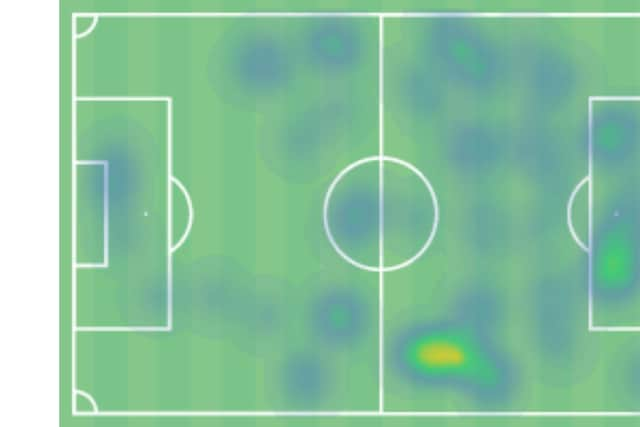How Sunderland's Ross Stewart and QPR's Lyndon Dykes compared amid talk of Scotland call-up for Cats striker
and live on Freeview channel 276
While Rangers made six changes from their last Championship fixture, Mark Warburton still named a team which wouldn't have looked too dissimilar to one which would start in the league.
The likes of Ilias Chair, Chris Willock and Lyndon Dykes have all impressed this season, but couldn’t find a way past Sunderland keeper Lee Burge in normal time – before the Black Cats won a dramatic tie on penalties.
Advertisement
Hide AdAdvertisement
Hide AdOne of the interesting duels was the one between the side’s two strikers, as Sunderland’s top scorer Ross Stewart led the line for the visitors.


Stewart’s form, which has seen him score nine times in 13 League One appearances this campaign, has led to talk of a Scotland call-up, despite the 25-year-old being left out of the most recent squad.
Dykes, meanwhile, has been a regular for Steve Clarke’s side, starting all three games at this summer’s European Championships, while scoring in his country’s last four World Cup qualifiers.
So how did the two frontmen compare at the Kiyan Prince Foundation Stadium?
Advertisement
Hide AdAdvertisement
Hide AdThe first thing to note was that their roles were slightly different, with Stewart leading Sunderland’s attack in a 4-3-3 system, while Dykes was accompanied by striker Andre Gray in a 3-5-2 set-up.


As you’d expect, QPR saw more of the ball, particularly in the first half, meaning Stewart, as shown by the player’s heatmap via WyScout, was required to drift out on to the flank when wingers Lynden Gooch or Leon Dajaku moved inside to provide midfield support.
Dykes, meanwhile, operated much more centrally and as a result received more goalscoring opportunities.
Those opportunities weren’t taken, though, as the striker squandered two chances in the first half. The first was a tame shot straight at Burge from the edge of the box, while the second, with more time and space, went wide of the post.
Advertisement
Hide AdAdvertisement
Hide AdIn comparison, Stewart registered just one effort at goal, which failed to test Rangers keeper Seny Dieng, as the Sunderland striker was well marshalled by defensive trio Rob Dickie, Jordy de Wijs and Yoann Barbet.
While both sides tried to play out from the back, the stature of both Stewart and Dykes, who are both over 6 ft 2, gave their sides an option to go direct.
Both players were faced with physical battles against commanding centre-halves, but it was Dykes (winning nine out of 19 aerial duels – 47 per cent) who was slightly more successful than Stewart (four out of 10 – 40 per cent).
Still, Stewart did outperform Dykes when required to retain possession and link up play.
Advertisement
Hide AdAdvertisement
Hide AdWith Stewart willing to drop deep to receive the ball, 23 of his 27 (85 per cent) attempted passes found a Sunderland team-mate as the visitors looked to relieve some pressure.


Dykes’ ball retention was far less efficient, as the Rangers frontman completed just eight of his 17 attempted passes (47 per cent).
While neither striker grabbed the headlines, both brought slightly different qualities to their respective sides.
Perhaps more encouragingly for Stewart, there didn’t appear to be much difference in ability as Sunderland held their own against strong Championship opposition.
